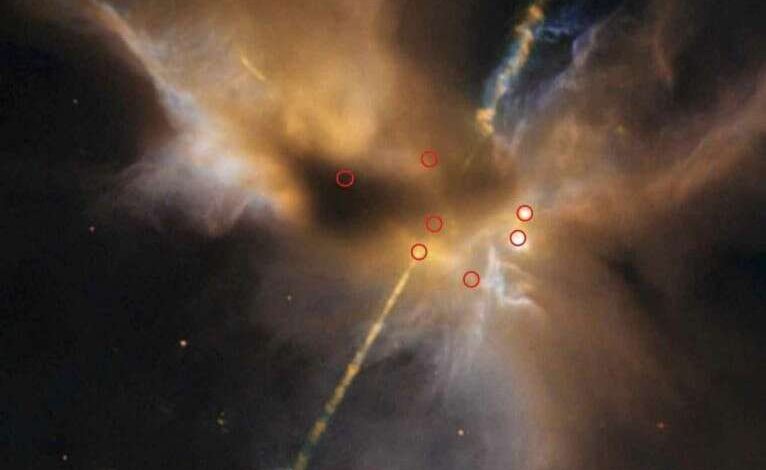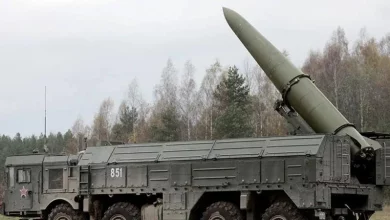Astronomers spot an orphaned protostar

Astronomers have performed an impressive suite of observations at multiple wavelengths of the same system, dubbed the HH 24 complex.
This complex hosts stars in the process of being born and the impacts of their violent interactions with each other, including the ejection of one of their siblings.
All combined, the astronomers used six telescopes to make these observations, including the Hubble Space Telescope, the Very Large Array, and the ALMA telescope. With the combined power of all their observing wavelengths, the astronomers could put together a comprehensive picture of the HH 24 complex.
The core of the HH 24 complex is a dense cloud of gas and dust that hosts at least seven known objects. These objects are small, hot, and dense but not yet have not yet reached the stage where they can fuse hydrogen in their cores and become true stars. However, one does seem to be right on the edge of that limit and will become a star essentially any day now.
This new system of seven stars is not stable, however. Because of their masses and orbits, they are bound to violently interact with each other. In fact, the astronomers have caught one such ejection in the act. The ejected object is an incredibly small protostar, almost small enough to count as a brown dwarf instead. It is currently moving away from the core of the protostellar system at about 25 km/s, which means it was orphaned about 5,800 years ago. In the next few thousand years, it will likely be joined by at least some of its siblings.
Protostars of any kind are incredibly violent as they form. Material swirls down onto the protostars, building their mass, but as the protostars heat up they interact with those same surroundings. The movement of gas and dust can form incredibly strong electric and magnetic fields. Those fields then funnel some of the gas around the star to form jets. A similar process plays out around supermassive black holes, but at a much larger scale.
In the case of the HH 24 complex, the astronomers have observed five thin, narrow jets emanating from the central core. These jets are wrapped by magnetic field lines that give them their shape. All together the jets extend for at least five light years away from the core.
In the midst of all this violence there is also the hope for planets. The astronomers observed small protoplanetary disks around five stars, some of them with gaps in them, suggesting the presence of young forming planets. If those stars survive the violent interactions that they must face over the next few thousand years, those planets may stay bound to their parent stars.
The findings are published on the arXiv preprint server.





